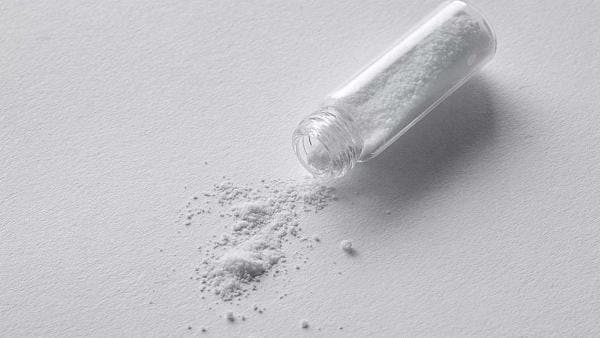Stock Catalog - Quote Catalog - Flickr - https://flic.kr/p/GBaKks - CC BY 2.0
Joe Biden est trop timide. Il est temps de légaliser la cocaïne
Les avantages d'un marché régulé en termes de santé, de sécurité et de gouvernance dépassent largement les inconvénients potentiels. Pour en savoir plus, en anglais, veuillez lire les informations ci-dessous.
It makes no sense,” said Joe Biden on October 6th, as he pardoned the 6,000 or so Americans convicted of possessing a small amount of marijuana. Although cannabis is fully legal in 19 American states, at the federal level it is still deemed to be as dangerous as heroin and more so than fentanyl, two drugs that contributed to more than 100,000 Americans dying of opioid overdoses last year. But the president’s admission applies to drug policy more broadly. Prohibition is not working—and that can be seen most strikingly with cocaine, not cannabis.
Since Richard Nixon launched the “war on drugs” half a century ago, the flow of cocaine into the United States has surged. Global production hit a record of 1,982 tonnes in 2020, according to the latest data, though that is likely to be an underestimate. That record high is despite decades of strenuous and costly efforts to cut off the supply. Between 2000 and 2020 the United States ploughed $10bn into Colombia to suppress production, paying the local armed forces to spray coca plantations with herbicide from the air or to yank up bushes by hand. To no avail: when coca is eradicated on one hillside, it shifts to another.
The worst harm falls on producing and trafficking countries, where drug profits fuel violence. Murder in Colombia is three times more common than in the United States; in Mexico, four times. In some areas, drug gangs are so wealthy and well-armed that they rival the state, giving cops and officials the choice of plata o plomo (silver or lead): be corrupted or be killed. Prohibition also sucks children out of school, as drug gangs favour recruits who are too young to be prosecuted .
